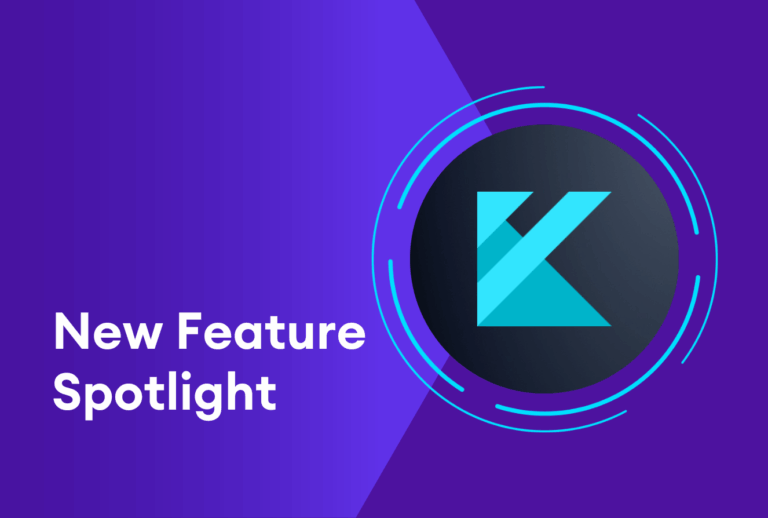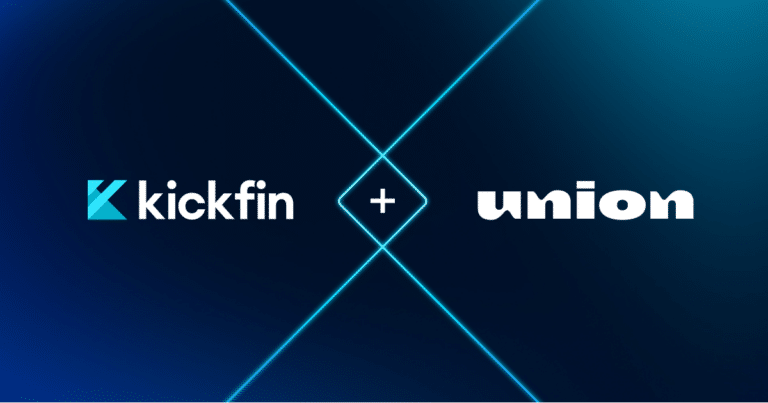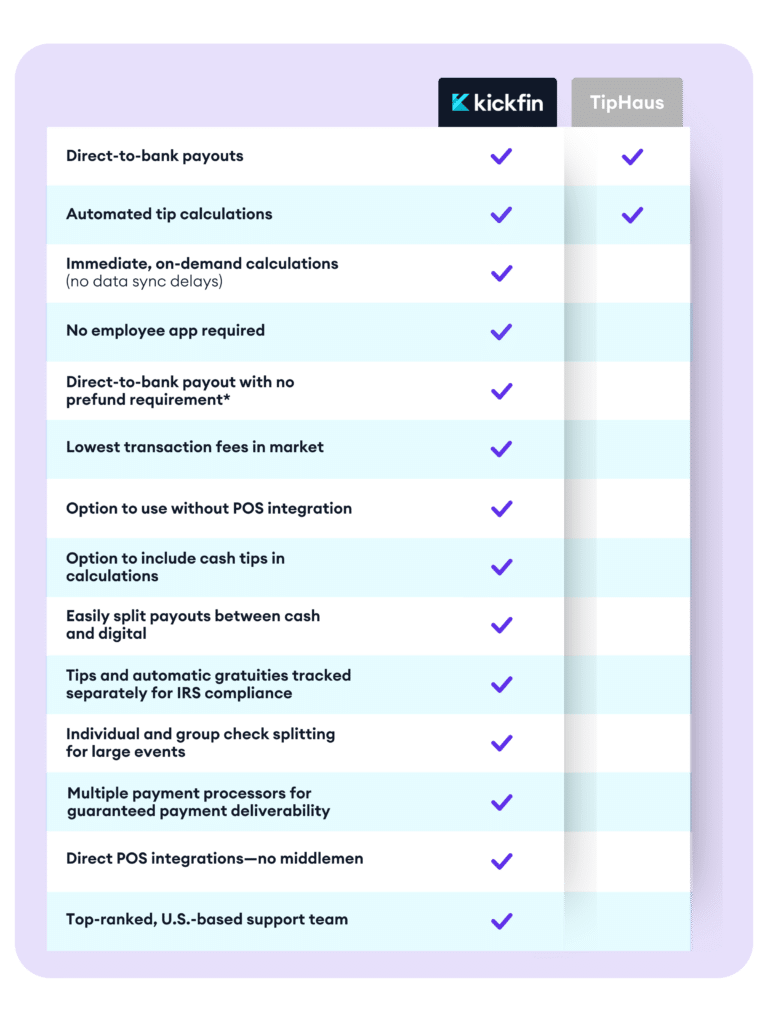Meet Ken and Shane of Fabio Viviani Hospitality.
You’ve probably heard of Fabio Viviani — Top Chef winner, New York Times bestseller, restaurateur extraordinaire (oh, and Kickfin customer!). Since 2005, Fabio has launched dozens restaurants across the country through Fabio Viviani Hospitality.
FVH owes a good deal of its success to Ken McGarrie and Shane Farzad. Ken, who founded the consulting firm Korgen Hospitality, has launched dozens of restaurants — both alongside Fabio and on his own — and Shane serves as Head of Operations for FVH.
When it comes to restaurant management, Ken and Shane are about as knowledgeable as you can get. They’re experts on how to be a great manager, and how to manage a manager. (Ken actually wrote a whole book on it.) Whether you employ managers, or you’re a manager yourself — read on for actionable tips and insights you can put into practice right now.
OK, we all know recruiting is a complete nightmare these days — but hiring the wrong manager can be worse than having no manager at all. What are some of the mistakes that employers make when bringing on new managers or GMs?
Ken: One of the things that often gets overlooked is that managing a new venue is much different than stepping into a manager role at an existing venue. For a restaurant that’s about to launch, or that’s recently launched, you can expect the first six months to be complete chaos. You have to be willing to handle whatever gets thrown at you and to get creative.
Some people do really well in that environment. But if you’re the type of person who wants to have mis in place — you need all of the kinks worked out, operations down to a science — you’re probably not going to make a great opening staff member.
Shane: There’s also this temptation to pull your star server and turn them into a manager. But those are two entirely different roles.
Which isn’t to say a server can’t be an amazing manager. A lot of managers started out as servers (or hosts, bussers, etc.) and they do a great job. But it takes a different skill set, so your experience as a server isn’t always going to translate.
So part of it’s finding the right fit — but isn’t training just as important?
Shane: For sure. One restaurant group I was with gave me a solid four weeks of training. I spent a week in the corporate office, a week in the flagship restaurant…they even put me in the kitchen for a week. The meals that guests were ordering — I had cooked those myself. I understood everything that went into every process.
Of course, that kind of program is hard to execute, and it’s expensive. It’s just not feasible for every restaurant. What’s important to keep in mind is that in order to be effective, training doesn’t have to be intense. It just has to be focused.
How should the approach to training managers differ from training hourly workers? Is there some overlap?
Ken: Restaurants do a much better job of hiring and training hourly staff than management, by far. At the hourly level, it’s a lot more straightforward. With managers, it’s like: Hey, surprise! You find yourself counting drawers, running reports, tipping out. No one taught you how to manage and coach staff. A month ago you were a bartender — now you have all these brand-new manager responsibilities.
Shane: You can’t just assume that managers know how to do it all; you’ve got to take the time to align on the key responsibilities, train them up on processes, and communicate frequently.
And in addition to regular training, you can incorporate wine training, do field trips, hold weekly education and menu tastings that keep people engaged and connected — both managers and hourly workers.
Why do you think turnover is so high for restaurant managers?
Ken: We put them to the grind. We add on more paperwork than necessary. We ask for things constantly that take them off the floor. They’re running reports at 2 a.m. It’s psychological warfare — and especially with the lack of staff, they’re having to fill in gaps everywhere.
What happens is that managers who are stuck in this grind will find other restaurants with better systems, more automation, easier solutions. Or they’ll just completely burn our and move away from the industry altogether.
Shane: We’ve seen much more of a revolving door of the management team especially during Covid. They had all this downtime, and now they’re coming back to this job that just wears them down. They really feel it now. So they’re questioning their whole career after they had this luxury of time and flexibility.
Ken: It’s a bummer because these people move into management actually looking for longevity. If we, as owners and operators, aren’t giving them a vision for how they can better themselves and move up, then they’re just going to leave.
And at the same time, managers also need to be advocating for themselves.
Talk a little bit more about that. What’s your best piece of advice for managers who want to succeed but are feeling the burn out?
Ken: Figure out why you did it. You probably moved into a job where you’re making half as much money for twice as many hours — so be honest with yourself. What do you want out of it? Do you want to be a GM? Do you want to run your own restaurant? Do you want to move into other leadership roles?
Being a manager is essentially a bootcamp. It’s skill development, and it’s a test of your capabilities. You probably don’t want to be there forever — the idea is that you will ultimately move on to something else. What is that for you?
How can managers “move up” quickly, if that’s their end game?
Ken: If you’re waiting for someone to recognize your talent and move you up, it’s never going to happen. Your boss doesn’t have the bandwidth or the time to focus on that. So a big chapter in the book I wrote is about being your own PR agent. It’s really the only way it’s going to happen.
Look for ways to develop yourself professionally. Learn new skills. Be an entirely different kind of manager, and then lobby for the role you want. Be vocal about it. Flood their inbox. Find ways to get on their radar over and over again.
That really goes for anyone on a restaurant team. Case in point: We had a busser who was so exceptional. He was the perfect busser. And to be honest, we didn’t need or want to move him because he was so great in that particular position. But he really wanted to be a server. If he hadn’t been lobbying for himself, we never would have made that change. Now he’s a great server, and he’s happy as hell.
Bottom line: Be your own advocate. It may not come naturally at first, but if you want to succeed in this industry and really turn it into a career, that’s what you’ve got to do.
Want more manager insights? Check out Ken’s book, The Surprise Restaurant Manager, for easy-to-execute strategies and real-life examples that will lead up your management game!






